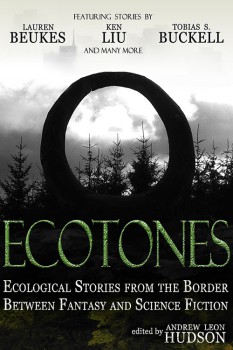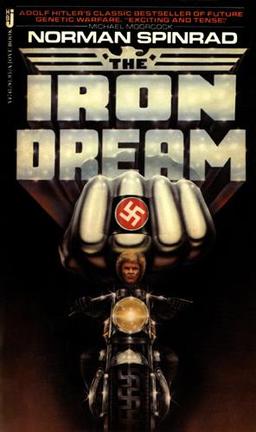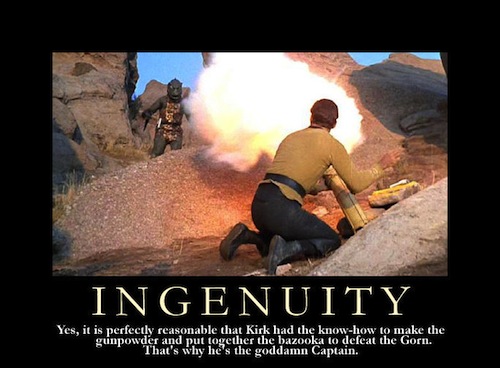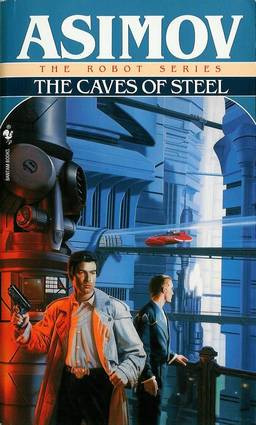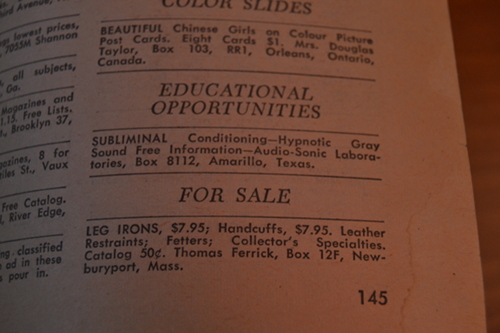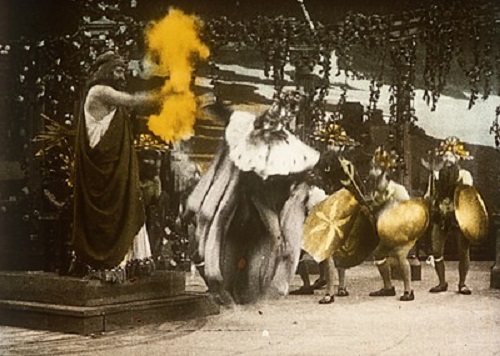Here Come the Replicants! – Blade Runner 2 Moved Up
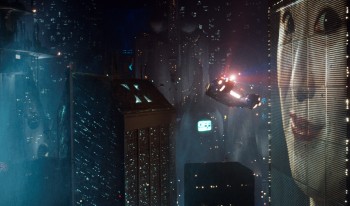 The long awaited sequel from Ridley Scott, starring Ryan Gosling, Harrison Ford, Robin Wright and Dave Bautista (yes, the former wrestler), was originally slated for January of 2018. That’s not exactly prime release time. Or a sign that the studio has confidence in the film. Instead, it’s been moved up to the weekend of October 6, 2017, which would put it in the Oscar discussion. If it is any good, of course.
The long awaited sequel from Ridley Scott, starring Ryan Gosling, Harrison Ford, Robin Wright and Dave Bautista (yes, the former wrestler), was originally slated for January of 2018. That’s not exactly prime release time. Or a sign that the studio has confidence in the film. Instead, it’s been moved up to the weekend of October 6, 2017, which would put it in the Oscar discussion. If it is any good, of course.
Feelings about the sequel are certainly mixed. Though I think folks should remember that Blade Runner was not a hit upon release and had fared so poorly in test screenings that the film was recut before general distribution. However, it has grown to cult status. It’s one of my favorites and certainly a classic of scifi noir.
The script continues the story from the first film, which was an adaptation of Philip K. Dick’s Do Androids Dream of Electric Sheep. Which is well worth a read.
K.W. Jeter wrote two official sequel novels, which I’m happy to say, have nothing to do with the film. The first was readable: the second was terrible.
If you enjoyed Blade Runner, there’s a superb book on the making of the film, Future Noir: The Making of Blade Runner.
I remain hopeful about this film. And Vangelis is 73 years old. Will he be doing the soundtrack? It was a big part of the original.
